Greening the Shrimp Industry
Recently, there have been green industrial zones, green credit... continuing the previous green initiatives such as green cities, green businesses, green products, and even green waste... Our government has committed to a carbon-neutral roadmap, a comprehensive criterion for the greening process in our country. The aquaculture industry in general, and the shrimp industry in particular, cannot just stand by as spectators, learning from experience... but must roll up their sleeves and start adapting right now.
This has been an early and decisive directive from the leadership of the industry. Vietfish of VASEP 2024 will have a special discussion on Greening Farming Areas ; Vietshrimp 2025 of the Fisheries Association will have a similar topic. These are evidence of the rapid movement in the aquaculture industry. Newspapers such as Saigon Economic Times and Saigon Giai Phong have held many seminars revolving around the Greening issue. Perhaps all economic sectors are urging the implementation of this very urgent and necessary content.
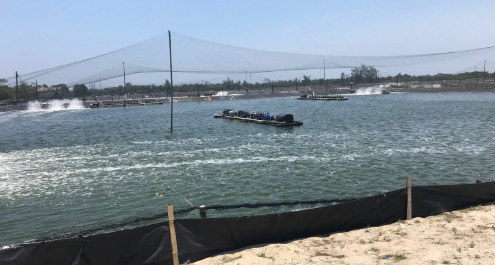
Back to the shrimp industry. This industry chain is formed by many links. Greening the industry starts with greening each individual link. Among these, the farming stage is the most noteworthy, as this link creates a substantial amount of waste (both gas and solid), though not as high as land-based livestock like cattle and poultry. Given its importance, the aforementioned industry seminars focusing on this topic are extremely appropriate.
Sao Ta is a seafood company with large farming areas and the highest shrimp farming output compared to other farms in the industry. Therefore, theoretically, its emissions are also among the highest. Sao Ta is also the only company in the industry with the longest participation in the implementation of the Corporate Sustainability Index (CSI) criteria initiated by the VCCI. Evidence of this can be seen from 2020 to 2023, when Sao Ta was listed among the top 100 sustainable businesses in Vietnam, selected by the VCCI and related ministries. This also proves that Sao Ta is aware and, more importantly, has an action plan to follow the government's carbon-neutral roadmap, and in practice, has achieved some quite good results. Specifically, Sao Ta's farming area has implemented several solutions:
The ponds are systematically researched and constructed in large numbers. The ponds have moderate sizes (2,000-3,000 m2/pond) to facilitate bottom control, and the slope towards the center must be adequate so that waste does not remain on the pond floor after siphoning, thus reducing the formation of gas from the pond floor. This helps to create a cleaner environment for the shrimp and reduce emissions.
Research from 2015 to 2018 focused on cultivating beneficial biomass within the farming area for use in farming. Large populations of beneficial bacteria will occupy space, especially at the pond bottom, competing for food and living conditions with other bacterial strains from outside. The beneficial bacteria feed on leftover shrimp food and shrimp waste. To balance the nutrient indices in the feed (C and N), the farm supplements the ponds with molasses or starchy products. Sao Ta's farm has successfully cultured biomass (mainly Bacillus strains) to ensure a density of over one billion microorganisms per gram sample, and the purity (absence of contaminants) is absolute. From the initial 2,000-liter tanks, they have now expanded to 8 similar tanks, providing a batch every two days, serving over 600 ponds across various farms. As a result, early shrimp mortality has become a thing of the past at Sao Ta's farm. The economic and green significance of this is (1) using beneficial microorganisms to overwhelm harmful ones, minimizing the use of chemicals that are harmful to the environment and, most importantly, reducing costs, lowering the price of farmed shrimp, and increasing the competitiveness of our shrimp industry (2) no waste generation, reducing emissions because the sources of emissions (excess food, shrimp waste...) are used by beneficial microorganisms.
After the success mentioned above, Sao Ta's farm continued to research and cultivate microorganisms that stimulate digestion and further culture microorganisms capable of absorbing gases in wastewater such as NO2, NO3, NH3, NH4... The significance of this solution is to limit environmental pollution and reduce emissions, contributing to faster carbon neutrality. Although the results of this have not been quantitatively determined, qualitative assessments have confirmed this both in research and in practice.
Constant research on methods to calculate shrimp feed levels based on factors that have positive (weather, good breeds) and negative (unfavorable weather, disease outbreaks) impacts and different types of feed is conducted to reduce feed amounts while ensuring shrimp growth meets expectations. This not only brings economic benefits by reducing the FCR (Feed Conversion Ratio), thus lowering costs and increasing competitiveness, but also reduces emissions from excess feed if overfeeding occurs. The use of suitable and sufficient microorganisms and feed will make the most significant contribution to the greening of farming areas.
Shed shrimp shells and dead shrimp collected from pond siphoning points, which used to be buried, have significantly reduced with the success of the combined shrimp and microorganism farming. Shed shrimp shells are considered a mineral-rich food source for the shrimp, while dead shrimp are used as raw materials for processing facilities, effectively creating a circular economy. This has economic significance as well as reducing emissions.
Farms always emphasize total hygiene and tidy management. This facilitates control and prevents animal intrusion. This increases the biosecurity of the farm, reduces the spread of waste that can generate emissions, and prevents contamination of the farming ponds, as coastal farming areas often experience strong winds.
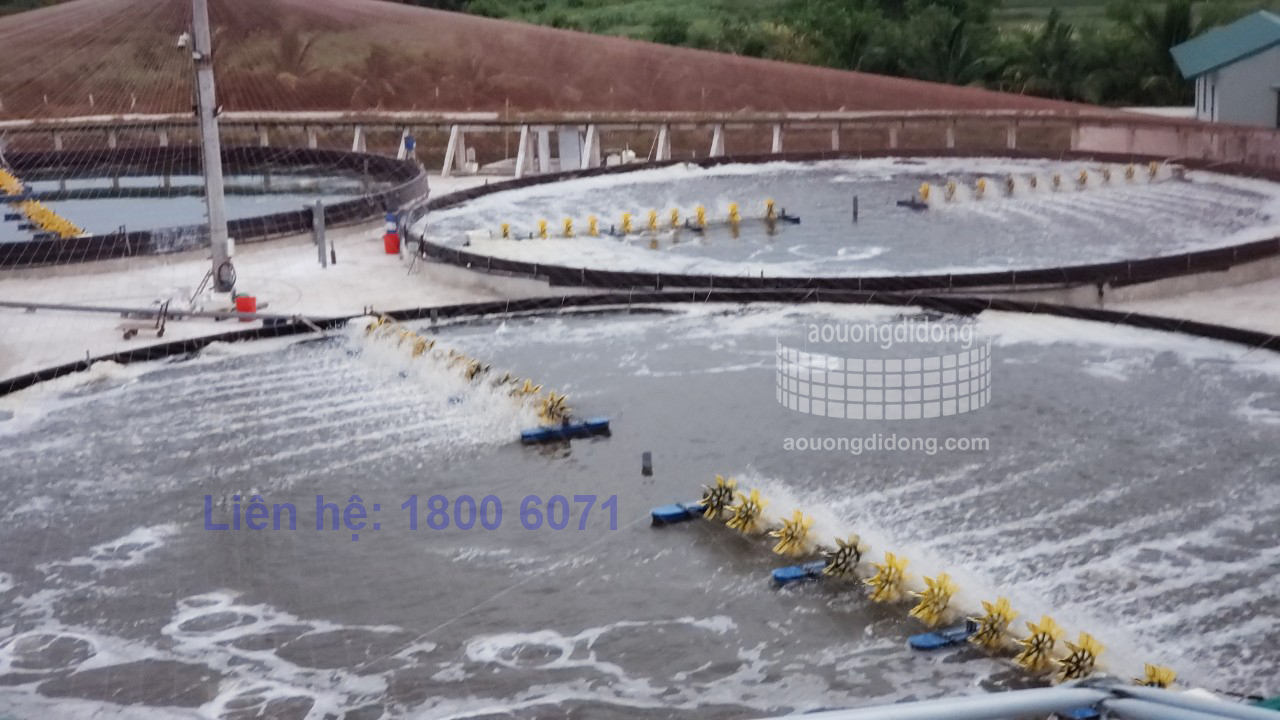
Absolutely no discharge of sludge into the general environment; it is entirely collected into a pre-prepared land area. Once this sludge dries, it is used to elevate pond floors, increasing pond safety. This ensures no negative impact on the general environment and benefits the shrimp farms.
Actively participate in coastal protection forest planting programs around the farming areas. This demonstrates social responsibility awareness and a commitment to carbon balance in the long term.
The farms also focus on not generating hard-to-handle waste, such as setting up water filtration systems to provide drinking water for each farm, eliminating the need to purchase bottled water. This saves costs and reduces waste.
For long-term strategies, the farms have collaborated with feed suppliers to study ingredients and raw materials to ensure the feed is not only easily digestible and affordable but also, most importantly, reduces emissions as much as possible. If airplanes can have low-emission fuels, why should this minor issue be a challenge for the industry? Success is likely not far off.
In summary, due to limited information from other shrimp farms, I humbly use the example of Sao Ta shrimp farms to illustrate what can be done now to contribute to greening shrimp farming areas, and the aquaculture industry in general. The next step will be to green the seafood processing facilities, and this could extend to greening other links. However, this will require the cooperation and contribution of many parties.
Dr. Ho Quoc Luc - Former Chairman of VASEP, Chairman of the Board of Directors of FIMEX VN
Ngày đăng : 03/09/2024
2016 View
Other Articles
Vietnamese shrimp and catfish choose a sustainable path in global competition
End-of-Season Shrimp Prices Reach Record Highs
Norway – Russia Reach Barents Sea Fisheries Agreement for 2026
Cà Mau strengthens traceability to enhance the competitiveness of the shrimp industry.
Cold stress: Effects on the plasma characteristics of whiteleg shrimp.
A new breakthrough in the prevention of diseases caused by the microsporidian parasite EHP in shrimp farming
Vietnam’s shrimp export outlook in the first quarter of 2026 continues to face heavy pressure from tariffs.
New England’s shrimp fishery to shut down for the long haul after years of decline
Crab exports to the United States account for more than 80%.
Thailand sets a target to increase shrimp production to 400,000 tons by 2026.
CTU-RAS: Recirculating Shrimp Farming for Sustainable Development
Vietnamese aquatic products reach new markets








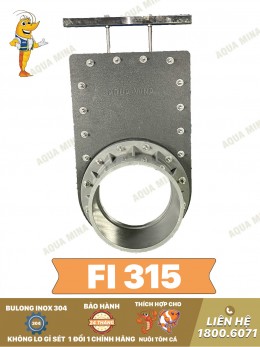
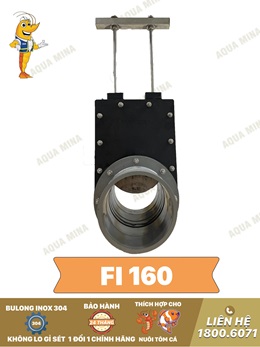

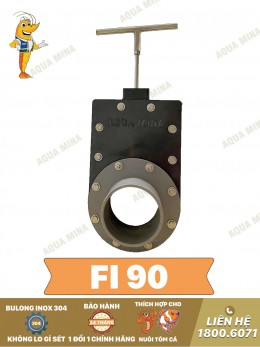
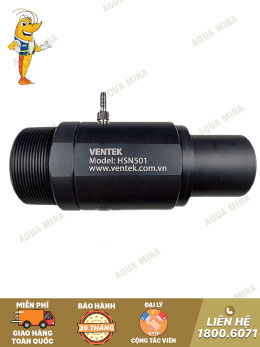
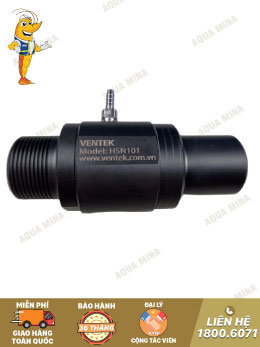
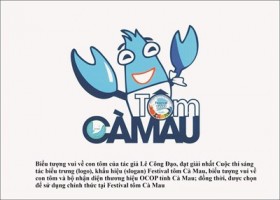
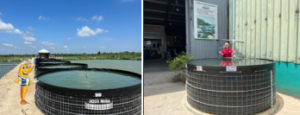
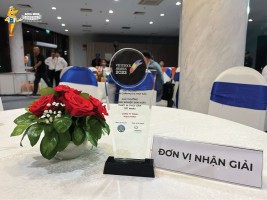
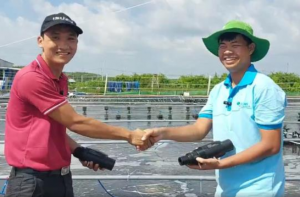
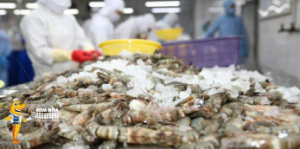
.jpg)